Glitzbox‘s unique subscription service delivers designer jewellery for subscribers to try out every month. Subscribers can choose to buy items from the collection or simply return them.
Founder Tamsin Ivy was a finalist in The Pitch 2017. We spoke to her about being a solo founder, and how her pricing and marketing strategy has improved.
Testing pricing for a new startup
Glitzbox has been running for 10 months, giving the founder chance to test pricing. The product started with three price points; £39 per month for silver, £45 for mixed and £49 for gold.
“I went through the numbers with my dad who’s an accountant and he said this is the bare minimum you can charge,” remembers Tamsin. “Then I realised it was quite a confusing proposition to explain the different types of boxes alongside the concept itself.”
Now there’s just one price, although there are discounts if you subscribe for a longer period.
The original calculations were based on large subscriber numbers. The pricing now allows the business to be profitable with a smaller base and accounts for the extra help that’s likely to be needed as it grows.
Lower prices can put people off too, says Tamsin. Customers saw the £39 price and thought they were getting much cheaper jewellery.
Targeting audiences and tracking subscribers
Tamsin embraced every marketing opportunity available when her startup launched.
“I wasn’t from a marketing background,” she says. “I was big on pop-ups. That was the only way I got to see my customers in person, speak to them and try and get them converted.”
This activity was difficult to track. People don’t subscribe the first time they hear about Glitzbox. Instead, they might see the business at an event, follow it on Instagram, see another story and then subscribe.
To get over the tracking issue new customers are asked where they first heard about the business. They’re also doing less paid events and more collaborations using sign-up codes.
The social media strategy takes into account the number of times a new customer might see the brand before they subscribe.
“Our Instagram was a lot more salesy. Now we’re more content focused. People are more interested and they get in touch more. We’re building a community without selling and that seems to work better.”
This helps leverage Glitzbox’s startup status. Customers interact with the account and suggest new designers. Any issues are dealt with personally. Subscribers can be sent individual emails or called direct.
“When you’re small you can afford to be quite manual about that stuff,” adds Tamsin.
Glitzbox has two main types of customers: a younger millennial Instagrammer that just borrows; and a slightly older more affluent customers in their 30s that subscribers for longer and tend to buy every month. The team has worked up customer personas to help sense check marketing.
It’s tough to be a solo founder
Building the business on her own was the hardest part of Tamsin’s journey. The lack of feedback was difficult, in-spite of fact she enjoyed working independently in previous job roles.
“I’d much rather have other people’s perspective,” she explains. “You move forward quicker. If every decision is made on your own you can get in your own head a bit.”
Tamsin’s now working with an ex-Not On The High Street colleague and an intern helps with social media. Knowing she has to plan their involvement creates motivation to meet deadlines and makes it easier to handle any short-term slump in enthusiasm.
How Glitzbox got featured in Cosmopolitan magazine
Tamsin was featured alongside other entrepreneurs in Cosmopolitan under the tagline “Next stop: world domination”.
The spread featured the winners of the magazine’s pitching event. Tamsin recommends getting out to as many opportunities like these as possible in the early stages of building a business. Particularly as it helps build your network.
The Pitch boot camp helped her gain confidence too, says Tamsin:
“You could think a pitching competition would be very lonely as you’re up there competing with everyone. Whereas with The Pitch, the whole day of workshops and being together made the whole experience really valuable. I love that we were put in teams and they were so supportive. It wasn’t like everyone was in it to win it themselves.”




